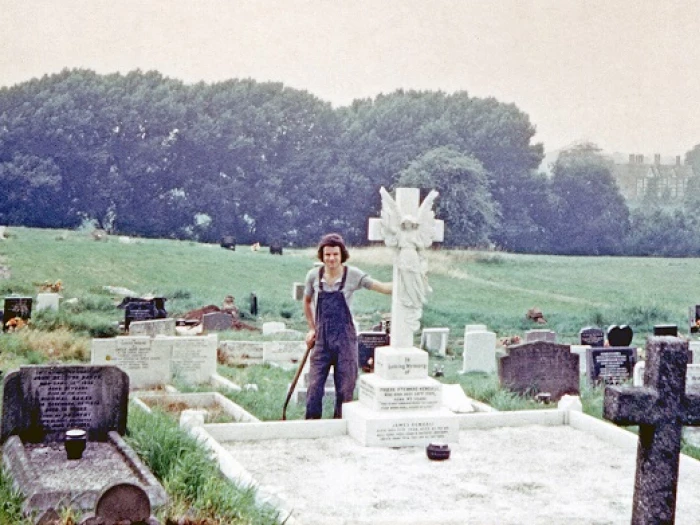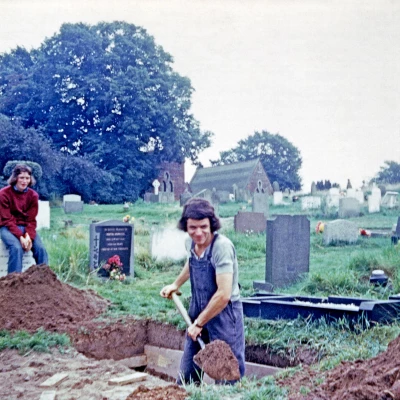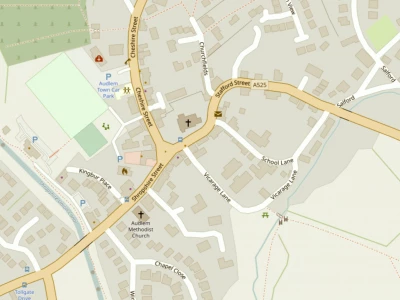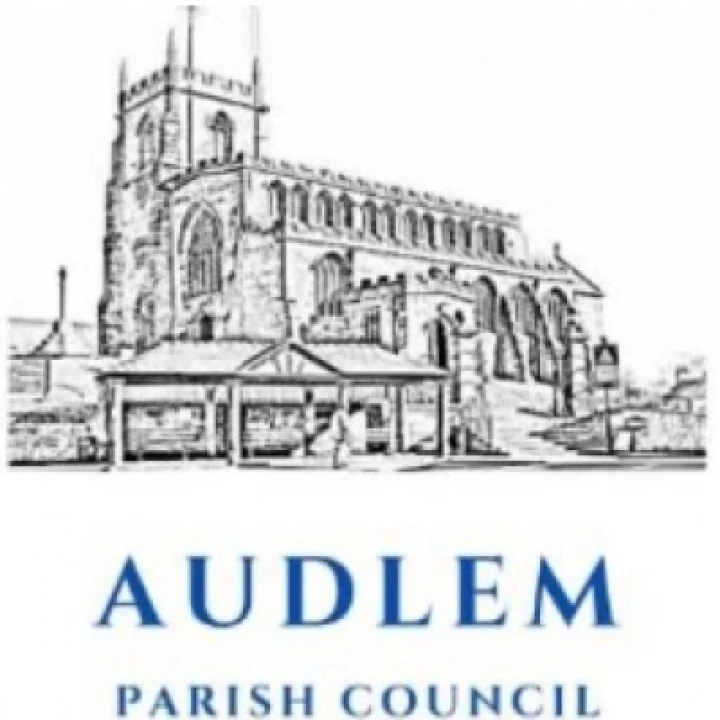



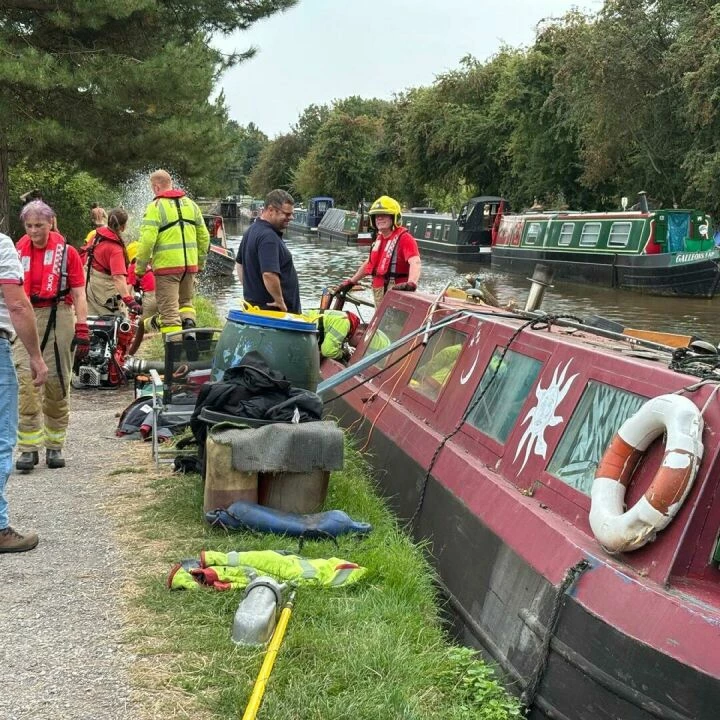
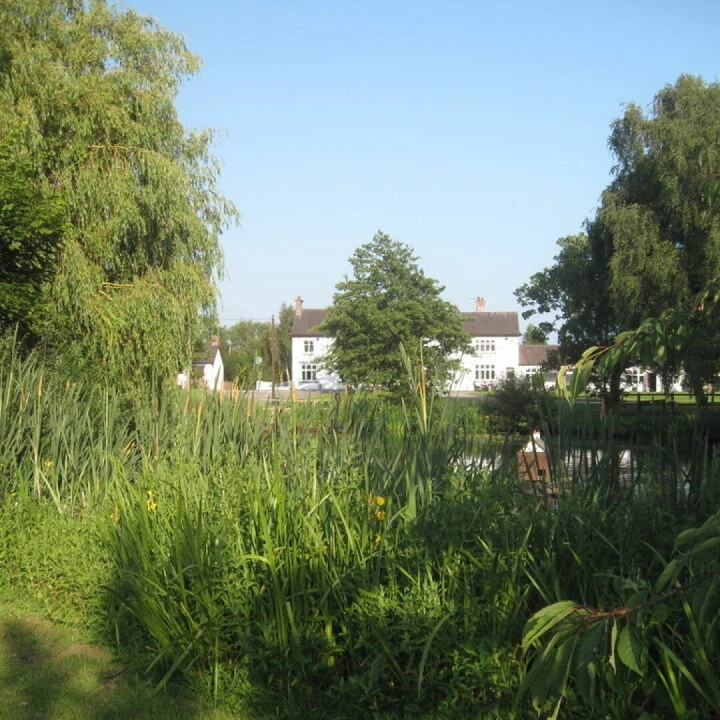


Ralph's introduction
As you may know, I have been running the Lord Combermere Quiz for the past three months or so with up to about fifty teasing questions and the subsequent tiebreaks for regular quizzers on a weekly basis .
Last week's quiz called for some tiebreak questions and one of the ones I set was " how many interments have I managed this year to date."
The answer was 16. Teams gave me answers from 6 to 18. But one team, called The six of us came up with 15 and as such won the prize.
Jeremy Nicholls called to collect on Monday at my base in the Lord C and gave me his reason for guessing so well.
Jeremy's story
I was the cemetery caretaker and grave-digger from December 1972 to August 1973. Derek McKelvey asked me, on behalf of the parish council, if I'd do the job, when they failed to recruit a retired farm labourer, the post holder's usual background. I was 19 and had taken my A levels the previous summer. Not the expected CV! For me, it was part of an un-planned gap year. In the 8/9 months I was doing the job, I dug around 22 graves, a mix of new and re-openings of existing graves. I also had to mow the lawns with a petrol rotary mower and weed the flower beds. Much of the old cemetery – nearest to the car park – was overgrown and here, I had to use a scythe and shears.
I was taught how to dig a grave by my predecessor, a retired farm worker. Digging a new grave – I think it was 10' deep to allow for up to three coffins – was quite fraught. If it was in a part of the cemetery that was mainly sand, there was the risk of collapse, even when using the planks and scaffolding jacks. The sides fell in on me on one occasion when I was already about 8' down and on my own, of course! On another occasion, I had to dig a new grave in what was virtually all clay. It was incredibly hard and slow work and despite digging until late in the evening, I only finished it with minutes to spare before the interment the following morning.
I can't remember exactly what I was paid, but I have a vague memory that my wages were related to agricultural workers' pay. According to Hansard, in March 1972, the agricultural minimum wage was £16 p/w (see here) After each interment, the undertaker gave me a tip, which always seemed quite generous to me, relative to my pay, but I can't remember exactly how much. I understood that my wages were paid from the parish council precept and that I was the only PC employee.
The cemetery caretaker's shed was an interesting place. It contained a collection of spades and other gardening tools of some antiquity. There was also, hanging on a coat peg, a black, wool great coat with GWR badges sewn onto the collar. I wore it on at least one occasion when I was obliged to dig during a heavy snowfall.
Apparently, I had an abnormally busy time digging graves and in those eight months, dug far more than was typical in the period. It was interesting that in The Bridge Inn, after I became the grave-digger, I passed from being just another teenager who was tolerated, to someone whose opinion was sought about the soil, the weather etc. It was commented on, too, that folk had started dropping like flies since I'd started the job! Albert Hopkins was, of course, a mine of information about the characters buried in the cemetery.
Get In Touch
AudlemOnline is powered by our active community.
Please send us your news and views using the button below:
Email: editor@audlem.org

